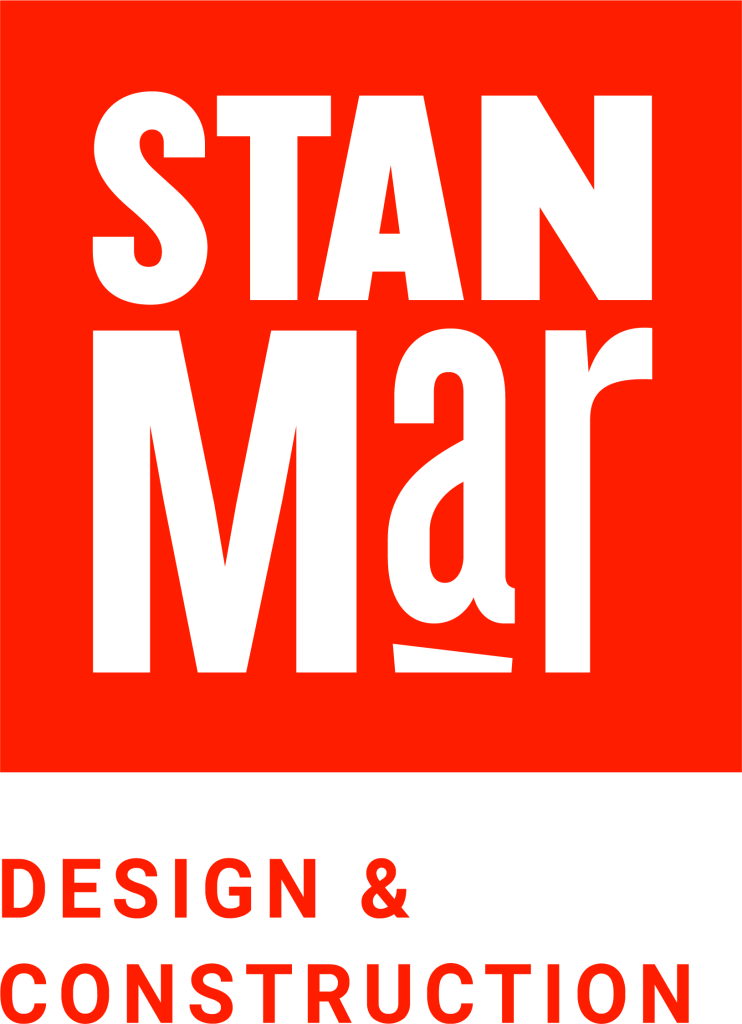Many Country Clubs experienced a surge in membership activity throughout the duration of the pandemic. Clubs became a place people turned to for safe socializing and exercising during a stressful and uncertain time. As Pandemic restrictions wind down and people return to their old patterns Clubs are considering how to capitalize on this greater feeling of value amongst their members. How can they make this surge in use by members the “new normal” going forward?
One way is to consider the future of a club’s largest assets—its capital facilities. The recent growth in activity provides an ideal opportunity to take stock—what new activities appeal to membership? Which facilities need improvement? Are bigger steps needed to push the club’s offerings to the next level for longer-term success?
Clubs looking to grow their assets and build the best programs for membership should consider creating a Capital Facilities Plan (CFP). This is a guide for clubs to plan and implement facility improvements; providing a holistic view of where the club has been, where it is now, and where it wants to go, ideally anywhere up to a 10-year timeline. Creating a CFP takes time and effort, but it’s a process that will engage the club’s board and membership, fostering a sense of buy-in as well as excitement about the club’s direction.
As a design-build firm with deep experience working with Country Clubs and other private institutions to improve their facilities, Stanmar has unique insight into best practices for creating a CFP. We recommend an eight-step process:
Step 1: Engage the Right Partners
This is all about understanding who you’ll work with to pull together a CFP. There are internal partners—the Board, building committee(s), club administration, motivated members—and there are external partners that range from architects, design/builders, contractors, consultants to the town/city you are in. At this initial stage recognizing which partners are in place and which you will need to find sets the table for a successful CFP.

Step 2: Take Your Club’s Temperature
Now it’s time to internally gather some hard facts. Via surveys, focus groups, board conversations, and club visits, you can document essential information to help you assess the club’s current position. Membership should be consulted about their needs and preferences. Stakeholders should evaluate business factors such as operating costs, existing debt, membership projections, and deferred maintenance lists. Finally, it’s important for the club to size up its brand identity and culture to assess the fit of all potential future facility improvements.

Step 3: Determine Your Facility Priorities
Once you’ve gained a clear picture of the club’s current state, look at the most urgent project needs (such as bringing buildings up to code, fixing a leaking roof, etc.). Then create a dream list, divided into maintenance, renovation, and new construction projects, and prioritize. This will help your design partners tap into your priorities to create customized solutions that fit the goals you are beginning to outline in your CFP.
Step 4: Define Project Details
After making a priority list, it’s time to start attaching some concrete information to each priority. Engage (and yes, for many projects this means hire!) the relevant partners to undertake facilities assessments including infrastructure, technology, and sustainability assessments. Rough Order of Magnitude cost schedules and conceptual designs should be developed in tandem at this stage, which will enable you to understand the financials and ultimately, project timelines.
Step 5: Craft Your CFP
At this stage, it’s time to bring all the data together to produce a comprehensive presentation. The CFP will lay out why specific projects have been prioritized and provide all the essential details around timeline and cost for members to review. The presentation will acknowledge member concerns—whether they be about cost, what the club is like during construction, or what the downside is of not moving forward with the proposed projects.
Step 6: Campaign!
Campaign for a positive result before putting the proposal to a vote. A good campaign will involve presentations of renderings and membership feedback sessions. Be prepared to iterate—the first building that the board approved may not be the exact building that the membership approves. Scaling costs up or down or phasing the project may be required to reach a consensus.
Step 7: The Vote
Present the final plans, and then it’s up to members to determine the future!
Step 8: Implement Your CFP!
After the results of the vote, engage your board to map out the next steps, leading into initiating the first project, at which you will sign contracts with the relevant partners. Moving forward, it will be important to communicate regularly with members to keep them up to speed on progress and to promote your capital facility improvements to potential new members. The best way to ensure future projects take place is disciplined, transparent management of the initial projects in the CFP.
Developing a CFP is a disciplined exercise with many moving parts—but it will yield highly engaged members and stakeholder groups, and eventually, a clear business vision that drives growth. For more details on best practices for creating an effective CFP, please click here to contact us.
Oliver Snider, President

